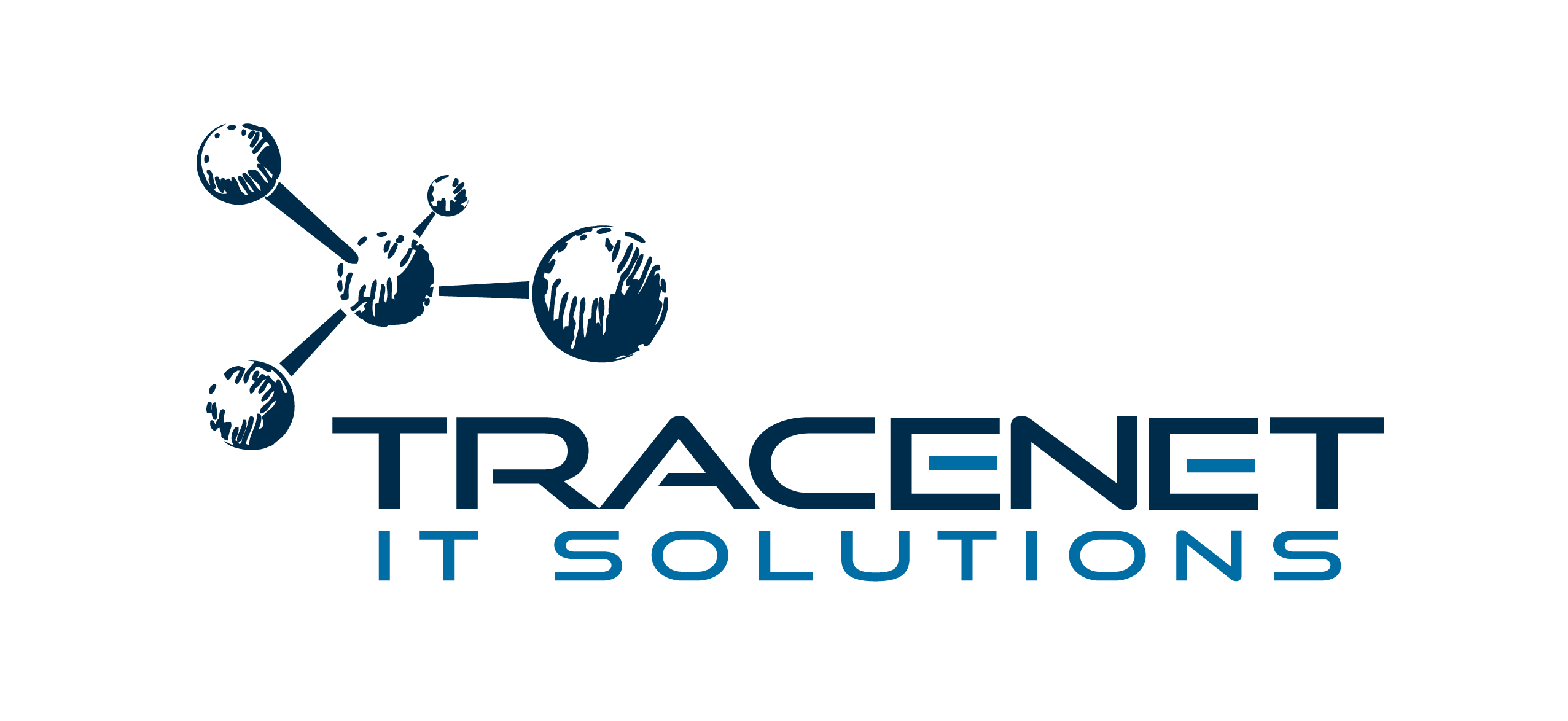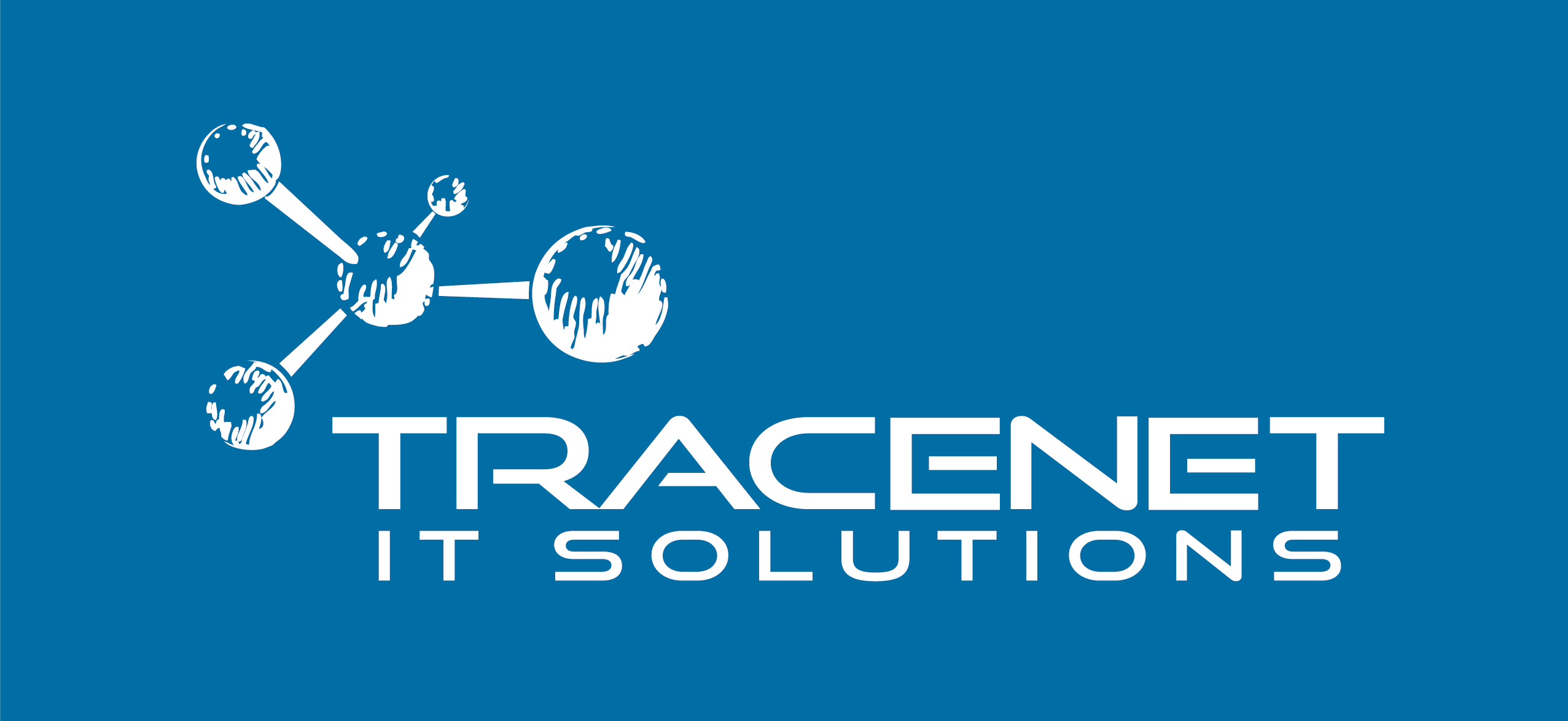An acronym for Security Information and Event Management, SIEM helps protect data, systems, and assets from unauthorized access, system failures, and cyberattacks.
Management through SIEM guarantees the confidentiality, integrity, and availability of information. However, for this to be possible, policies, processes, and tools must be adopted to identify risks, prevent vulnerabilities, and react to incidents efficiently.
Among the various tools available, SIEM stands out as a robust solution for continuous monitoring, proactive detection, and rapid response, making it essential for corporate environments that deal with large volumes of data and need to maintain high security standards.
But what exactly is this management process, and how can it benefit your network? Find out now!
What is SIEM?
Security Information and Event Management is a security solution that combines security information management (SIM) and security event management (SEM).
It offers a unified platform for collecting, storing, analyzing, and correlating log and event data from various sources in an IT infrastructure, such as firewalls, servers, operating systems, applications, and network devices.
How SIEM works involves continuous data collection, followed by detailed analysis to identify abnormal behavior patterns and correlate isolated events.
This is done using configurable rules, analytical algorithms, and, in many cases, artificial intelligence (AI) and machine learning (ML) resources. When a suspicious pattern is detected, the system generates real-time alerts so that the security team can intervene immediately.
In addition, SIEM can be configured to carry out automated responses, such as blocking traffic from a malicious source or isolating a compromised machine from the network.
With these functionalities, SIEM offers a critical layer of defense. This layer allows organizations to proactively monitor their security, respond quickly to threats, and perform detailed forensic analysis after an incident. This strengthens the security posture as a whole.
As technology evolves, modern SIEMs incorporate advanced features such as artificial intelligence (AI) and machine learning (ML), enabling more accurate threat detection and a more agile response to incidents.
SIEM’s main advantages
One of the most interesting things about SIEMs is their ability to drastically reduce the average time taken to detect threats, which traditionally took weeks or even months to be noticed in corporate environments.
With SIEM, many organizations can identify and react to incidents in minutes or seconds, which can be essential to avoid major losses.
This is because the system provides a unified view of security activities across the entire IT infrastructure, making it easier to identify threats and make informed decisions. This centralized visibility is essential for maintaining control over increasingly complex and distributed environments.
Implementing a SIEM, therefore, brings many benefits to organizations, especially when considering its ability to detect threats before they cause significant damage. This anticipation is possible thanks to the tool’s ability to analyze large volumes of data in real time and identify patterns of malicious behavior that would go unnoticed by traditional solutions.
In addition, SIEM allows for a more strategic approach to information security. Instead of only responding to incidents after they occur, companies can adopt a proactive stance, anticipating risks and strengthening their infrastructure before vulnerabilities are exploited.
Challenges in implementing SIEM
Despite the numerous benefits, implementing SIEM can present some important challenges that require strategic planning and adequate training for organizations.
Complexity:
Configuring and maintaining SIEM requires specialized knowledge and a thorough understanding of the organization’s IT infrastructure.
This challenge can be mitigated by investing in ongoing training for the security team or by contracting managed services (MSSP), which offer specialized expertise and dedicated support for operating the tool.
Cost:
SIEM solutions can be costly, especially for small and medium-sized companies, due to licensing costs, hardware acquisition, and the need for qualified professionals.
As an alternative, many organizations have adopted cloud-based SIEMs, which significantly reduce initial infrastructure costs and offer scalability according to business needs.
False positives:
SIEMs can generate a high volume of alerts, including false positives, which can overwhelm security teams and lead to alert fatigue.
To get around this problem, it is essential to correctly adjust correlation rules and use artificial intelligence and machine learning resources that help refine threat detection, prioritizing the most critical and relevant events.
With the right approach, these challenges can be transformed into opportunities to improve security processes. Successful SIEM implementation depends on a balanced combination of technology, skilled people, and well-defined processes.
Future trends in SIEM
SIEM continues to evolve to meet the growing challenges of cybersecurity. For example, integration with SOAR (combining SIEM with Security Orchestration, Automation, and Response platforms) enables a faster and more coordinated response to security incidents.
This integration improves the efficiency of the security team by facilitating the automation of responses and ensures that threats are dealt with more effectively and in real time.
Furthermore, as mentioned earlier, the incorporation of artificial intelligence (AI) and machine learning (ML) is a trend that has become indispensable in improving the detection of complex threats.
Finally, one of the most interesting future trends in SIEM is behavioral analysis, which monitors the behavior of users and entities within the network. This approach helps identify anomalous activities that may indicate insider threats, providing an additional layer of protection against attacks not detected by the traditional approach.
Conclusion
SIEM is an essential tool for modern cybersecurity, offering comprehensive visibility, proactive threat detection, and support for regulatory compliance.
Despite the challenges in implementation, the benefits provided by SIEM, such as improved incident response and operational efficiency, make its adoption a valuable strategy for organizations looking to protect their assets and data from cyber threats.
Investing in a robust and up-to-date SIEM solution is a fundamental step towards strengthening the information security posture and guaranteeing the organization’s resilience to the challenges of the digital world.



